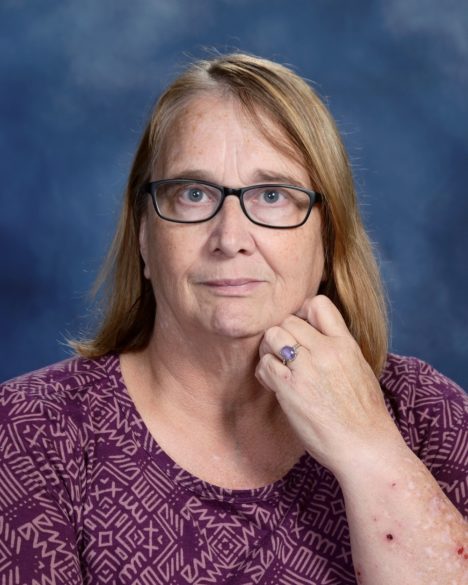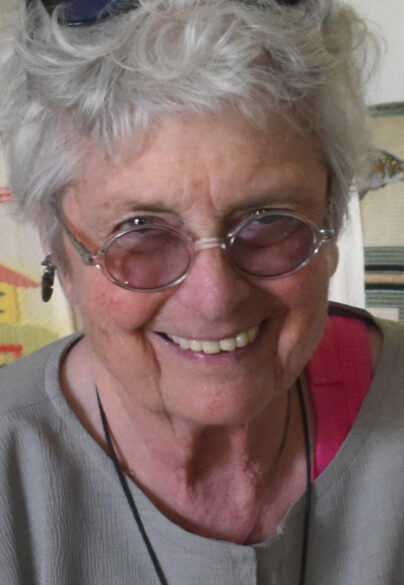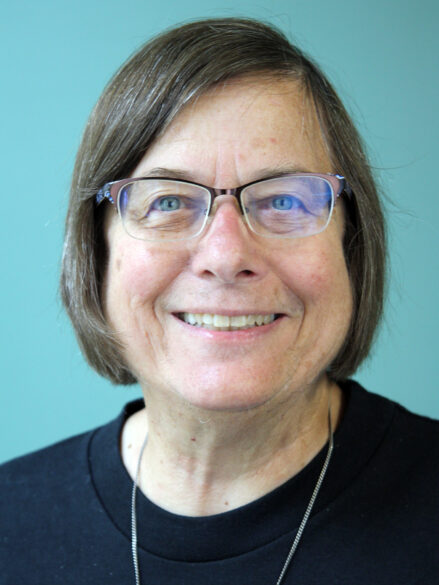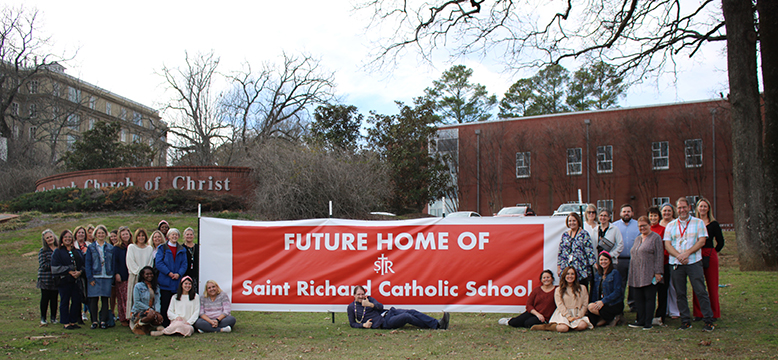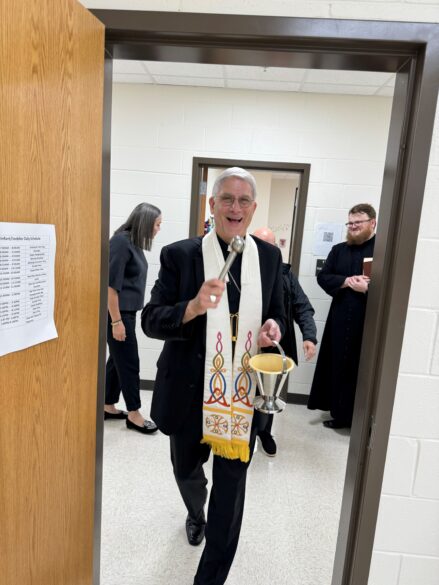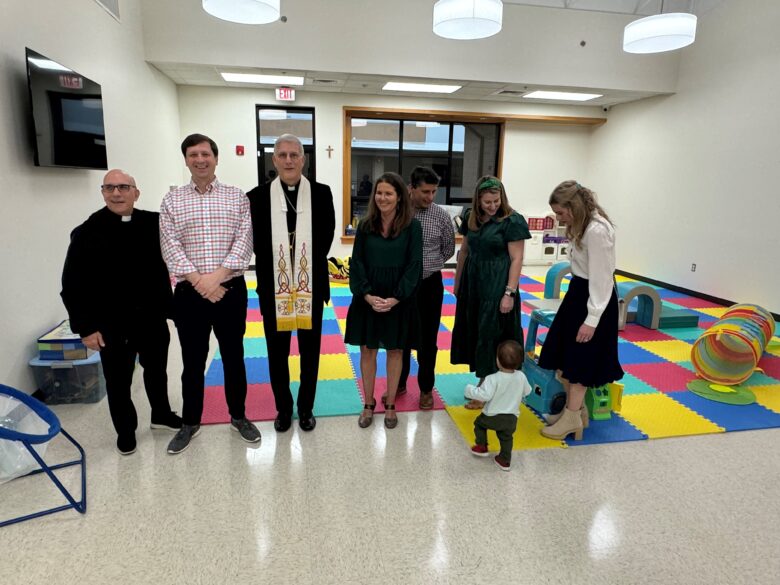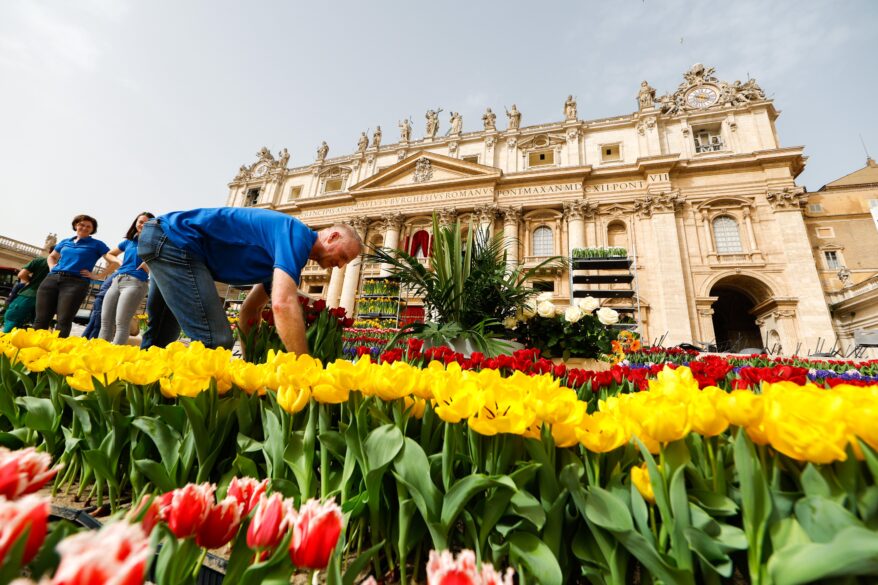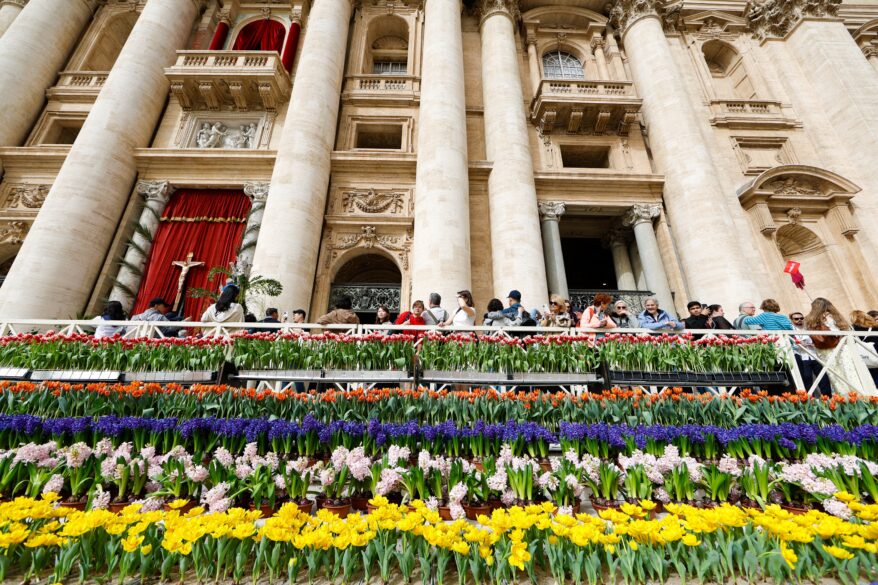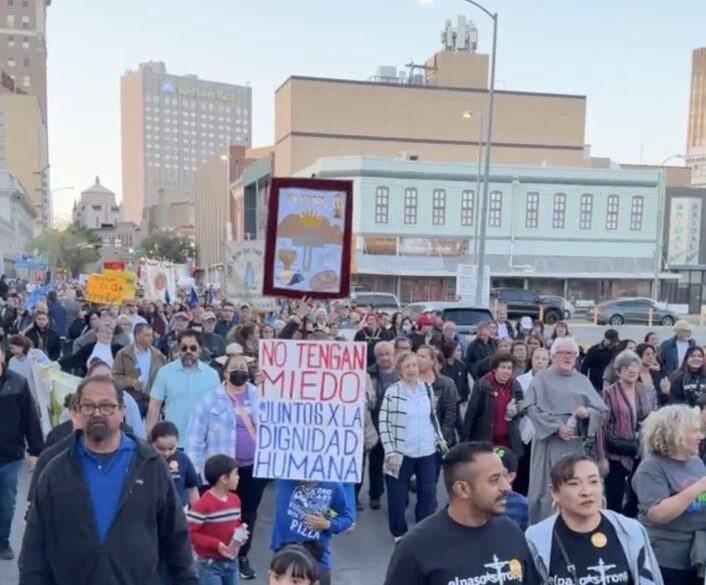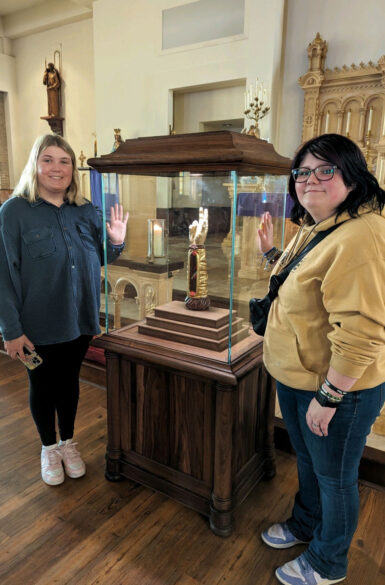NATION
WASHINGTON (OSV News) – Multiple states will have measures to expand access to abortion on their ballots in November, a key challenge for pro-life groups in the fall after their losses on similar contests in post-Dobbs elections. The Florida Supreme Court on April 1 simultaneously ruled that the state’s Constitution does not protect abortion access and allowed a proposed amendment seeking to do so to qualify for the state’s November ballot. Kelsey Pritchard, state public affairs director for Susan B. Anthony Pro-Life America, said that while her group celebrates that the Florida Supreme Court upheld abortion restrictions in that state, “at the same time, we recognize that Florida is in real jeopardy of losing those protections through the ballot measure that they also upheld and said would be on the ballot in November.” Maryland and New York also will have efforts to enshrine abortion protections in their state constitutions on the ballot, while efforts for similar amendments to qualify for the ballot are still underway in several states including Arizona and Montana, where closely-watched races for the U.S. Senate will also take place. Ballot measures on abortion proved elusive for the pro-life movement in 2022 and 2023, despite achieving their long-held goal of reversing Roe v. Wade when the U.S. Supreme Court issued its Dobbs v. Jackson Women’s Health decision.
CHICAGO (OSV News) – A new video series featuring several U.S. Catholic bishops will offer what organizers call a “deep dive into the sacred mysteries of the Mass.” “Beautiful Light: A Paschal Mystagogy,” produced by the National Eucharistic Revival, will be livestreamed on seven consecutive Thursdays from April 4–May 16 at 8 p.m. ET on the revival’s Facebook, YouTube and Instagram channels. Launched in June 2022, the revival is a three-year grassroots initiative sponsored by the nation’s Catholic bishops to enkindle devotion to the real presence of Jesus Christ in the Eucharist. The various events and programs of the revival will be capped by the National Eucharistic Congress, which will take place July 17-21 in Indianapolis. The upcoming video series will be hosted by Sister Alicia Torres, a member of the Franciscans of the Eucharist of Chicago and part of the revival’s executive team; and National Eucharistic Revival missionary Tanner Kalina. The episodes, led by various bishops, will survey the central aspects of the Mass as part of what the Catechism of the Catholic Church (1075) calls “liturgical catechesis,” or “mystagogy.”
MONTGOMERY, Ala. (OSV News) – A group of Catholic bishops recently traveled to Montgomery and Selma, Alabama in what trip organizers called a “powerful encounter” amid the nation’s long-running reckoning with racism. Archbishop Shelton J. Fabre of Louisville, former chairman of the U.S. bishops’ Ad Hoc Committee Against Racism, and current committee chair Retired Auxiliary Bishop Joseph N. Perry of Chicago hosted a March 18-20 “Bishops’ Lenten Experience” in the two cities, which were the endpoints of a five-day, 54-mile nonviolent march led by civil rights leader and pastor the Rev. Dr. Martin Luther King Jr. in support of voting rights for Black Americans. The bishops’ visit to the sites had been coordinated by the committee on racism and the Washington-based Catholic Mobilizing Network, which works closely with the U.S. bishops to end the death penalty, promote restorative justice and advance racial equity. Touring the numerous historical sites commemorating the nation’s legacy of slavery, racism and mass incarceration was a profoundly moving experience, participants told OSV News. “I don’t think anyone can journey through the exhibits without registering great emotion in the face of the human devastation involved in our American history,” said Bishop Perry. In a Facebook post, Archbishop Borys A. Gudziak of the Archeparchy of Philadelphia said that “slavery, racism and the marginalization of Native North American peoples and African Americans represent the original sin of our nation.”
VATICAN
VATICAN CITY (CNS) – The protection and preservation of human dignity must extend into the digital realm, the Vatican said in a new document on human dignity. While the advancement of digital technologies “may offer many possibilities for promoting human dignity, it also increasingly tends toward the creation of a world in which exploitation, exclusion, and violence grow, extending even to the point of harming the dignity of the human person,” read a declaration approved by Pope Francis and published by the Dicastery for the Doctrine of the Faith April 8. “If technology is to serve human dignity and not harm it, and if it is to promote peace rather than violence, then the human community must be proactive in addressing these trends,” it read. The document, a declaration on human dignity titled “Dignitas Infinita” (“Infinite Dignity”), reflects on Catholic teaching about human dignity and addresses “some grave violations of human dignity” today, among them “digital violence.” In his introduction to the declaration, Cardinal Víctor Manuel Fernández, prefect of the doctrinal dicastery, wrote that “although not comprehensive,” the contemporary issues touched upon in the document were selected to “illuminate different facets of human dignity that might be obscured in many people’s consciousness.”
VATICAN CITY (CNS) – While giving each person his or her due is fundamental for justice, the virtue of justice is not concentrated on the individual in isolation but on ensuring the common good of all, Pope Francis said. Justice “is represented allegorically by scales, because it aims to ‘even the score’ between people, especially when they risk being distorted by some imbalance,” the pope said April 3 at his weekly general audience. In St. Peter’s Square, still decorated with thousands of flowers from Easter, Pope Francis continued his series of audience talks about virtues and vices. Justice is related to law, which should seek “to regulate relations between people equitably” and to ensure the dignity of each person is respected, he said.
WORLD
BARCELONA, Spain (OSV News) – After more than a century, construction of Spain’s Basilica of the Holy Family in Barcelona, known as Sagrada Familía for its Spanish name, will be completed in 2026, the foundation overseeing the project announced. During a March 20 press conference announcing the publication of the Sagrada Familía Foundation’s 2023 annual report, Esteve Camps, the foundation’s executive chairman, said construction of the basilica’s Chapel of the Assumption will be completed in 2025, while the tower of Jesus Christ is set to be finished in 2026. The completion of the basilica in 2026 will coincide with the 100th anniversary of the death of its designer, Catalan architect Antoni Gaudí. Construction of the sacred edifice began in 1882, and it is considered the masterpiece of Gaudí, a Catholic whose cause for sainthood is underway. After construction was halted in March 2020 due to the COVID-19 pandemic, work on the basilica resumed two years later. At the press conference, Camps said that the basilica welcomed more than 4.7 million pilgrims in 2023. The majority of the pilgrims who visited came from the United States, accounting for 19% of the total number, he noted. While the main building will be finally completed in 2026, work will continue until 2034 on statues and other areas of the basilica.
CUERNAVACA, Mexico (OSV News) – Catholics turned out in large numbers to celebrate Holy Week in Nicaragua. But the ruling Sandinista regime prohibited public exhibitions of faith – such as processions and reenactments of the passion of Christ – as it continued exercising control over religious activities in what’s becoming an increasingly totalitarian country. Processions occurred within church atriums and sanctuaries as police and paramilitaries monitored activities outside and even were captured filming events, according to social media accounts. Some 30 police officers corralled attendees at the Managua cathedral on Good Friday, March 29, independent news outlet Confidencial reported, ensuring that nothing occurred outside of church property. Martha Patricia Molina, a Nicaraguan lawyer in exile who documents church repression, calculated some 4,000 police were deployed during Holy Week and an estimated 4,800 processions were canceled. She posted a video on X of three students being arrested for simply carrying the image of a saint. “Palm Sunday with police and paramilitaries inside and outside of parishes. They’re filming and photographing laity. A Sunday under extreme siege,” she posted March 24. Holy Week marked the second consecutive year the regime has prohibited processions and limited activities to church premises. A source in Nicaragua told OSV News that priests watch their words during Mass and report being spied upon by police and paramilitaries.
PARIS (OSV News) – For some, the Notre Dame fire was a sign of devastation of faith and Christian values. But for many more in France, it meant awakening of faith on an unprecedented scale. “The fire gave us all a boost,” Father Henry de Villefranche told OSV News, speaking of a “renewed vitality” encouraged by the Notre Dame worksite. “The church was asleep. Some people were behaving badly. In that respect, the fire was providential. It pushed us all to move forward and give our best.” Few know it better than the chaplains of the iconic cathedral and Father de Villefranche is one of them, but the only one remaining from before the fire. A few yards from Notre Dame, on Ile de la Cité, he works on ensuring continuity of Notre Dame’s heritage with the new team, responsible for the liturgical life of the renovated cathedral, in which “culture and worship should not be separated, but rather linked,” he said. “We hope that visitors who enter as tourists leave as pilgrims.” Father de Villefranche told OSV News that he is “not very interested in the official ceremonies” to reopen the cathedral. He said he is “signing up to celebrate the first ordinary Mass of the week that follows.
